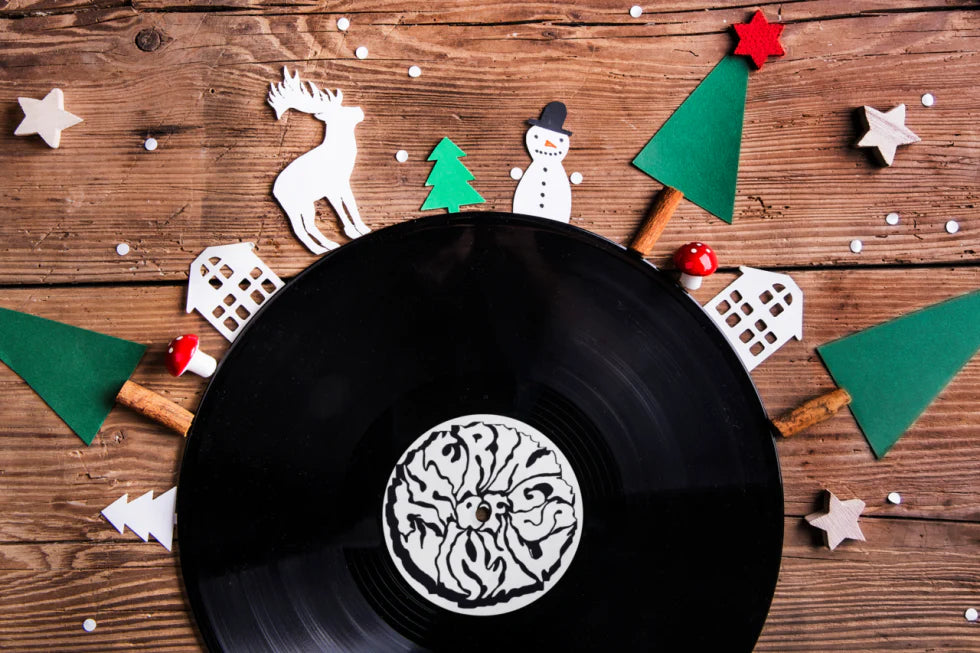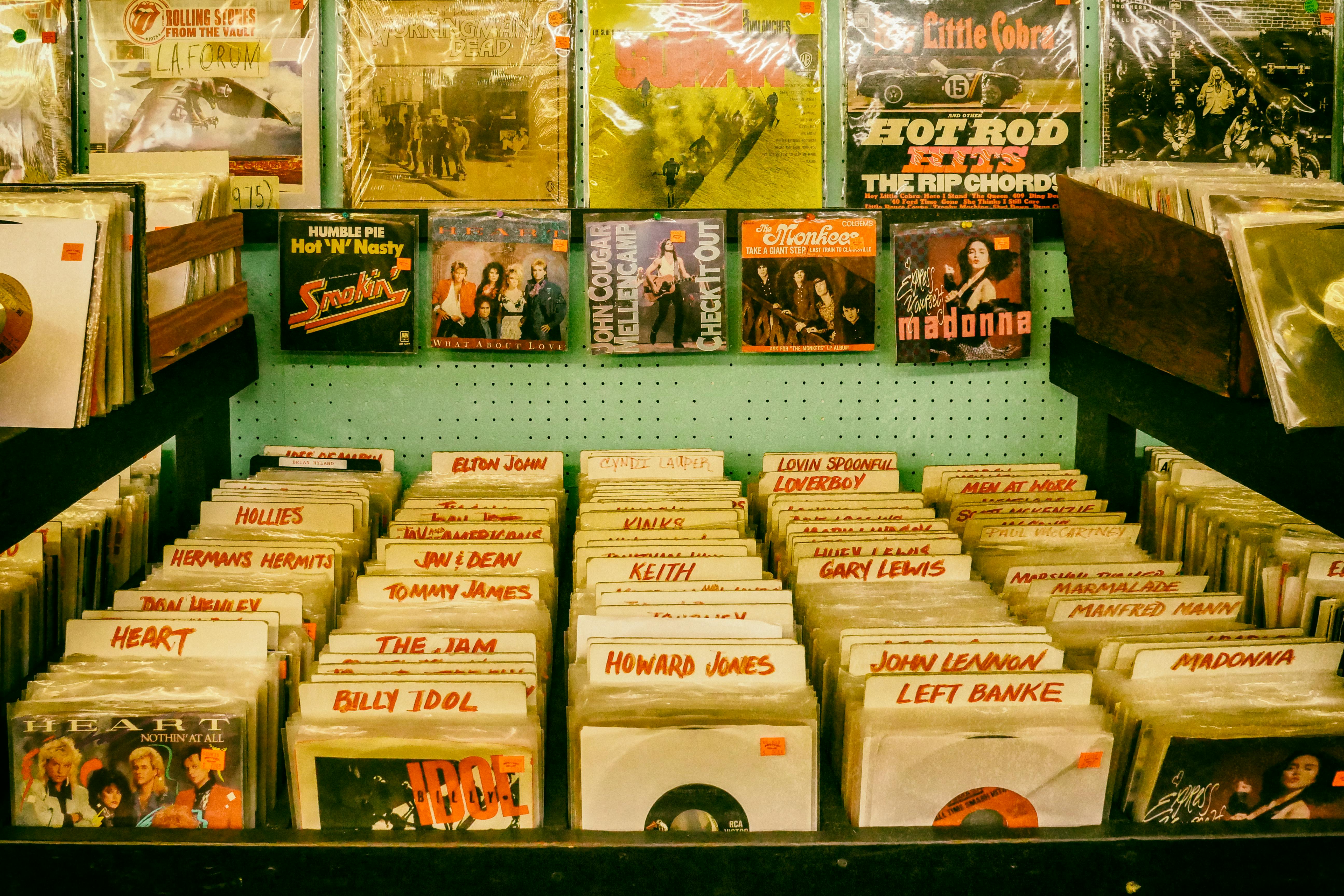The allure of vintage vinyl is undeniable. It's a tactile connection to music, a ritual, a warm, enveloping sound that digital often struggles to replicate. But let's be frank: diving into vintage audio can feel like navigating a minefield, especially when you're trying to unearth genuine quality without liquidating your savings. The sub-$200 price point for a good vintage turntable? That’s not just a challenge; it's a treasure hunt where knowledge, patience, and a bit of iconoclastic thinking are your best tools.
Many will tell you it can't be done. They'll point to inflated eBay prices or the pristine, serviced classics fetching four figures. And they're not entirely wrong. But they often overlook the sheer volume of solid, well-engineered turntables from the golden age of hi-fi (roughly the 1970s to early 1980s) that are still out there, waiting for a discerning new owner. These aren't just nostalgia pieces; many were built with a material honesty and engineering focus that can, even today, outperform some of their modern, budget-conscious counterparts. It's about finding that sweet spot – the overlooked, the undervalued, the robust workhorse that just needs a little TLC. This pursuit of enduring quality and tangible musical experience is something we deeply appreciate at XJ-HOME, where the philosophy of lasting value guides our own approach to audio.
Before we dive into specific models, let's recalibrate what "top" means in this context. We're not talking about the absolute zenith of turntable design. We're talking about the smartest buys: decks that offer the best sonic potential, reliability, and user experience for your hard-earned $200 or less. This often means looking beyond the usual suspects and understanding the fundamentals.
The Real Deal: What Separates a Vintage Gem from Vintage Junk Under $200
Forget brand snobbery for a moment. At this price, you're looking for core engineering integrity.
-
Motor & Drive System: Direct drive units from this era can be incredibly stable if their electronics are sound. Look for names like Technics, Pioneer, and some of the better Japanese OEMs. Belt drives are mechanically simpler, and a new belt is often a cheap, easy fix. The key is a motor that holds speed accurately and quietly.
-
Tonearm Quality: This is paramount. Even a modest vintage deck can sing if it has a decent tonearm. Look for good bearings (no play or stiffness), reasonable adjustability (tracking force and anti-skate are essential; VTA is a bonus but rare at this tier), and an arm that isn't made of flimsy plastic. The ability to swap headshells is a big plus for future cartridge experimentation.
-
Plinth & Isolation: A heavy, non-resonant plinth is good. Wood or dense composite is preferred over hollow plastic. Good isolation feet, or the potential to add them, can also make a difference.
-
Condition & Serviceability: Assume any turntable at this price will need something. A new stylus is almost a given. It might need a new belt, lubrication, or contact cleaning. Be wary of decks sold "as-is untested" unless you're comfortable with potentially significant repairs. The beauty of many vintage decks, however, is their relative simplicity and the wealth of information available online. For instance, Vinyl Engine is an indispensable resource for manuals, specifications, and community advice.
-
The "Sleeper" Factor: Some of the best value comes from turntables made by major manufacturers for store brands (like Realistic for Radio Shack) or from less-hyped but competent brands.
The List: Five Vintage Contenders That Punch Above Their (Price) Weight
Finding these consistently under $200 requires patience and sharp eyes on local listings (Craigslist, Facebook Marketplace, estate sales, thrift stores) more than eBay, where prices can be inflated. The prices cited are realistic "hunter" prices for units in good working order but perhaps needing minor cosmetic attention or a new stylus.
-
Technics SL-D2 / SL-Q2 (and variants like SL-D1, D3, Q3)
-
Why: These direct-drive workhorses are legendary for a reason. The D2 is semi-automatic, the Q2 is quartz-locked fully automatic. They boast robust motors, decent tonearms (though the cuing mechanism can get sticky and need re-damping), and a no-nonsense build. They track accurately and deliver a surprisingly dynamic sound.
-
Watch Out For: Cracked dust covers, worn original styli, sticky cueing levers. Ensure the quartz lock (on Q models) holds speed. The plastic plinth, while functional, isn't the most inert.
-
Price Realism: $100 - $180. Often found locally.
-
Ideal User: Someone wanting reliable, set-it-and-forget-it performance with a touch of classic Technics precision.
-
-
Pioneer PL-12D / PL-112D / PL-115D / PL-117D
-
Why: These belt-drive Pioneers from the mid-70s are often cited as giant-killers for their price. They feature simple, elegant designs, surprisingly capable tonearms, and often come housed in attractive wood (or wood-look) plinths. They offer a warm, engaging sound. The PL-12D is fully manual, while the others add semi-auto functions.
-
Watch Out For: Worn or stretched belts (easy fix), dried-out motor suspension grommets (can cause rumble), and potentially degraded foam in the platter suspension (on some models).
-
Price Realism: $80 - $150. A very common find.
-
Ideal User: The enthusiast who appreciates a more manual, classic hi-fi experience and isn't afraid of a simple belt change.
-
-
Dual 12xx Series (e.g., 1218, 1225, 1226, 1228 – maybe a 1219/1229 needing work)
-
Why: Dual idler-drive (and some belt-drive in later 12xx) turntables have a cult following for their robust build and dynamic, punchy sound. The tonearms are often excellent. These were serious machines. The "under $200" is tricky; you're often looking at units needing service, but a mechanically sound one that just needs cleaning and lubrication can be a steal.
-
Watch Out For: Hardened grease ("Steuerpimpel" issues affecting automatic functions are notorious but fixable), idler wheel condition, complex mechanics if you're not DIY-inclined. A fully serviced Dual 1219/1229 will usually be well over $200, but patient hunters might find a neglected one.
-
Price Realism: $75 - $200 (for the lower-numbered models or those needing some attention).
-
Ideal User: The tinkerer, the mechanically curious, or someone willing to invest a little sweat equity for a potentially outstanding performer. The satisfaction of bringing one of these back to life is immense.
-
-
Realistic LAB-300 / LAB-400 / LAB-420
-
Why: Don't scoff at the Radio Shack brand! Many of their better LAB series turntables were manufactured by CEC/Chuo Denki in Japan, a respected OEM that also made tables for Marantz and other big names. The LAB-400, for example, is a handsome direct-drive, fully automatic unit with good specs. The LAB-420 is very similar. The LAB-300 is a solid belt-drive option.
-
Watch Out For: Typical vintage issues – old belts, stylus wear. Build quality can vary slightly more than with marquee brands, but the top-tier Realistics are genuine sleepers.
-
Price Realism: $80 - $160. Often overlooked, leading to better prices.
-
Ideal User: The savvy buyer looking for hidden quality and excellent value, willing to look past a less prestigious badge.
-
-
BIC (British Industries Corporation) 940 / 960 / 980
-
Why: These American-made belt-drive "Programmed Turntables" from the 70s were innovative for their time, offering features like multi-record play (though best used as single-play for record care) and relatively low-mass tonearms. They can sound surprisingly good when properly set up and are often available cheaply.
-
Watch Out For: Complex mechanisms that can be finicky if not maintained, potentially dried-out lubrication. Parts can be a bit harder to source than for, say, a Pioneer.
-
Price Realism: $60 - $120. Definitely in the "under the radar" category.
-
Ideal User: Someone who appreciates quirky 70s tech and is looking for a capable performer that stands out from the crowd.
-
The Hunt & The Setup: A Labor of Love
Finding these gems involves more than just browsing online. Haunt local thrift stores, flea markets, estate sales, and keep an eye on local classifieds. When you find a candidate:
-
Inspect: Check for physical damage. Does the platter spin freely and quietly? Does the tonearm move smoothly without play?
-
Test (if possible): Even a quick spin can reveal motor noise or speed issues.
-
Budget for a New Stylus/Cartridge: Factor this in. An Audio-Technica AT-VM95E or Ortofon OM5E can be a great affordable match for many vintage arms and will make a world of difference. A good resource for understanding cartridge basics and setup is crucial – a quick search for "turntable cartridge alignment guide" will yield many helpful articles.
Once you get your prize home, basic setup is key: level the turntable, set the tracking force and anti-skate correctly. This isn't just about protecting your records; it's fundamental to getting the sound right. This act of careful setup and maintenance, this engagement with the machine, is part of the joy of vintage audio. It’s a hands-on approach that resonates with the ethos we cultivate at XJ-HOME (https://xenonjade.com) – an appreciation for the mechanics and artistry that create a superior listening experience.
The Payoff: Beyond the Price Tag
Venturing into vintage turntables under $200 isn't for the faint of heart or those seeking instant plug-and-play gratification. It requires a bit of research, a dash of patience, and sometimes a willingness to get your hands slightly dirty. But the rewards? They're immense. You're not just buying a piece of equipment; you're acquiring a piece of audio history, a machine built with a different set of values, capable of delivering a sound that is rich, engaging, and deeply satisfying. You're sidestepping the often-inflated prices of "audiophile approved" new gear and proving that exceptional sound doesn't always require an exceptional budget. Happy hunting!





Leave a comment
All comments are moderated before being published.
This site is protected by hCaptcha and the hCaptcha Privacy Policy and Terms of Service apply.